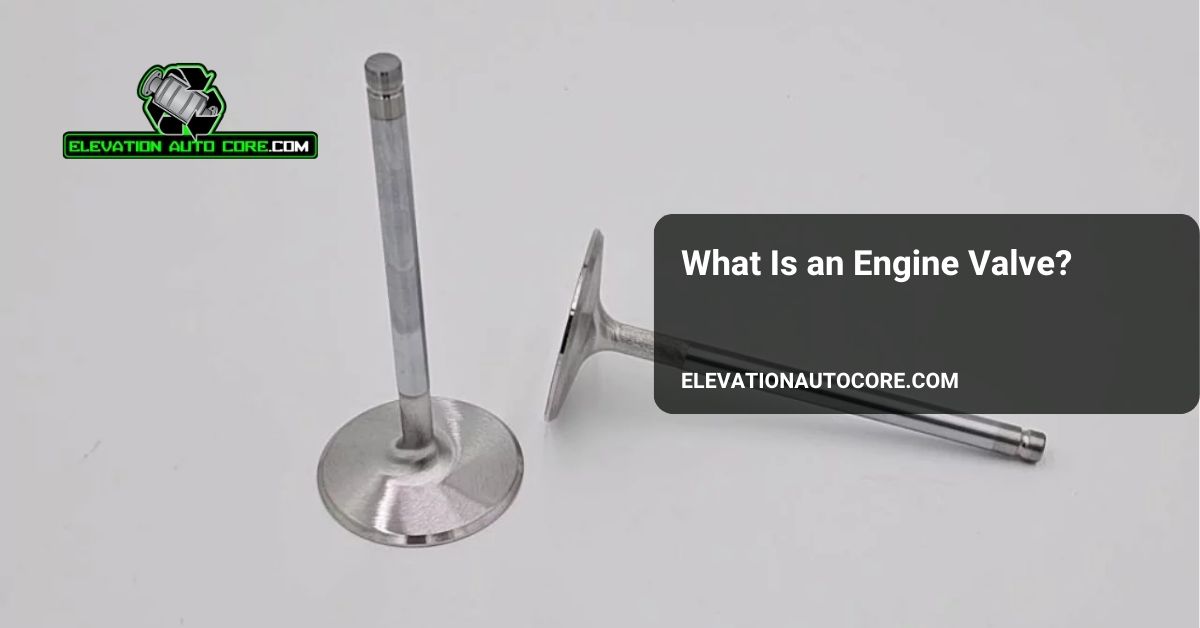What is an engine valve, and why is it so critical to your vehicle’s performance? These small yet powerful components control the flow of air and fuel in and out of your engine, ensuring everything runs smoothly. Without them, the engine simply wouldn’t function. Ready to dive deeper into how they work and why they matter? Keep reading.
What Is An Engine Valve?
An engine valve is a mechanical component inside an internal combustion engine. It controls the intake of air and fuel and the expulsion of exhaust gases during engine operation. Located in the engine cylinder head, valves enable efficient combustion by managing the flow of gases.
Each engine typically uses two types of valves: intake and exhaust. Intake valves allow air and fuel to enter the combustion chamber, while exhaust valves release burnt gases. These valves operate in precise synchronization with the engine’s crankshaft and camshaft to maintain performance.
Made from heat-resistant alloys, engine valves handle extreme temperatures and pressures during combustion. Durable materials ensure reliability, even under demanding conditions. Regular inspection minimizes potential wear that can affect functionality.
Types Of Engine Valves
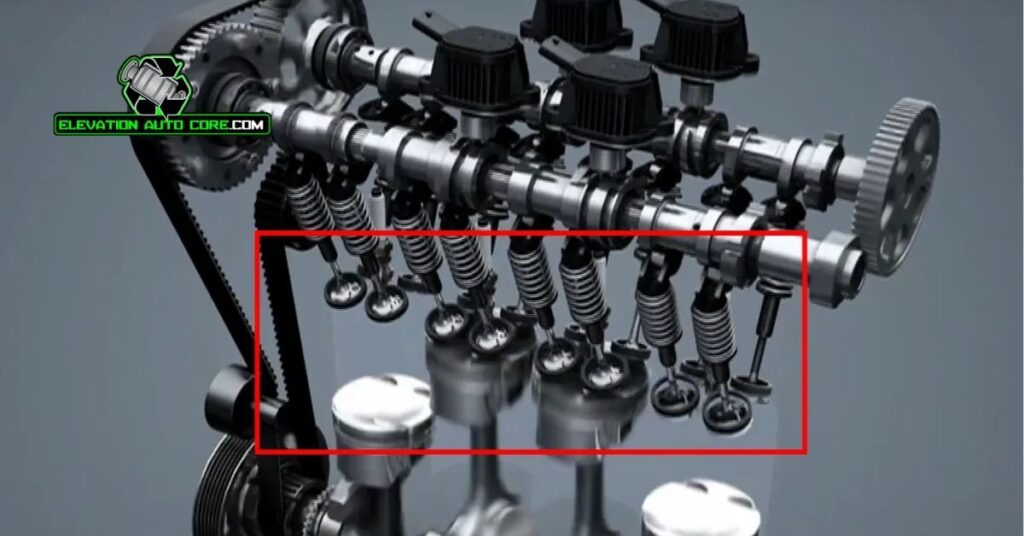
Engine valves are categorized based on their exact functions in the combustion process. Intake and exhaust valves ensure efficient performance and gas flow within the engine.
Intake Valves
Intake valves regulate the entry of air and fuel into the combustion chamber. Positioned in the engine cylinder head, these valves open precisely during the intake stroke to enable the mixture to flow inside. Made from heat-resistant alloys, intake valves handle high temperature and pressure from combustion. Maintaining proper sealing ensures optimized airflow and fuel efficiency.
Exhaust Valves
Exhaust valves expel burnt gases from the combustion chamber into the exhaust system. Located next to intake valves, they operate in sync during the exhaust stroke to create proper evacuation of waste gases. These valves are also crafted from durable alloys to withstand extreme temperatures caused by gas expulsion. Faulty exhaust valve operation can lead to reduced engine efficiency and performance issues.
Components Of An Engine Valve
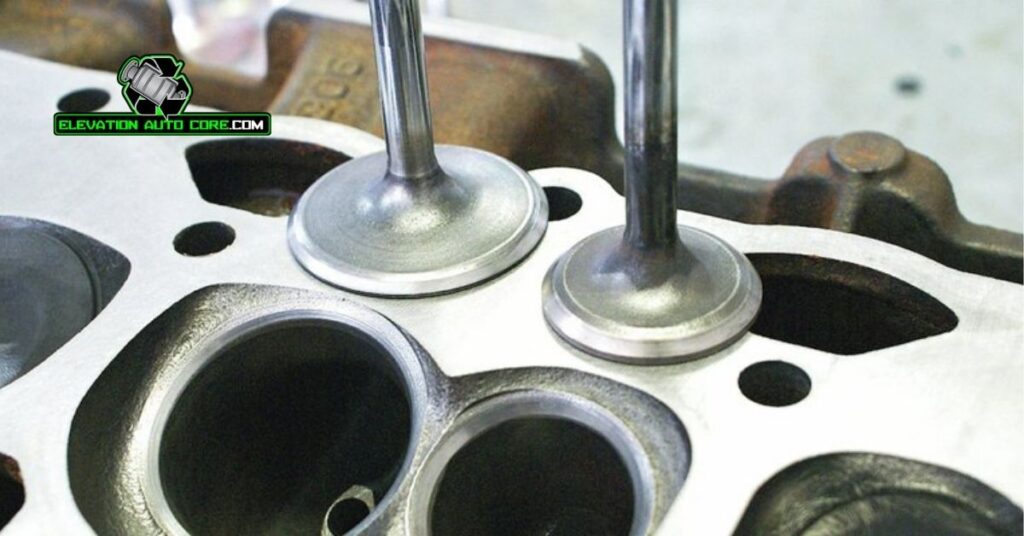
Engine valves are constructed with several key components, each contributing to their functionality and durability under intense operational conditions.
Valve Head
The valve head creates a seal within the combustion chamber to regulate gas flow. It comes into direct contact with high-pressure gases, so manufacturers use heat-resistant materials like stainless steel. Precise shaping ensures optimal airflow during intake and exhaust strokes. Commonly, the head is larger for intake valves to maximize air and fuel entry. The flat or slightly curved surface withstands repeated impacts to maintain efficiency.
Valve Stem
The valve stem connects the head to the camshaft or rocker arm, enabling precise vertical movement. Made from durable alloys, the stem resists wear caused by friction with the valve guide. Its diameter varies to provide strength while minimizing engine weight. Proper lubrication is critical to reduce heat and prevent sticking during operation. The stem length and design influence valve timing accuracy, which is crucial for engine performance.
Valve Seat
The valve seat ensures a tight seal when the valve closes, preventing gas leakage. Positioned within the cylinder head, it’s subject to constant thermal and mechanical stress. Materials like iron or specialized alloys reinforce its resistance. A properly machined valve seat allows better gas flow and supports the valve head under immense pressure. Any misalignment or wear can severely impact combustion efficiency.
Functions Of Engine Valves
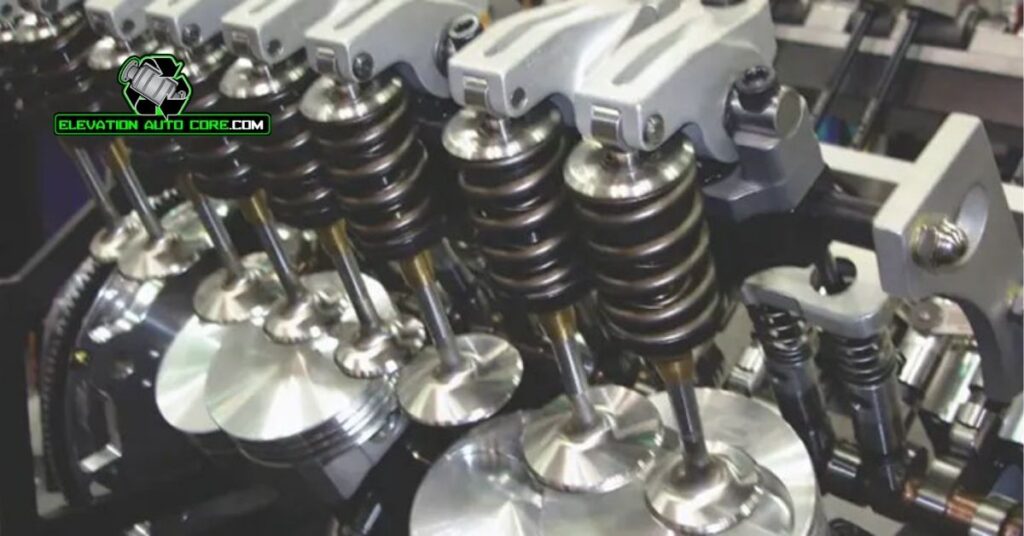
Engine valves play a critical role in controlling airflow and exhaust within the engine. These components ensure efficient combustion and maintain engine performance by completing two primary tasks.
Regulating Air And Fuel Mixture
Intake valves manage the flow of air and fuel into the combustion chamber. When the intake stroke occurs, these valves open to allow the precise amount of air and fuel mixture to enter. Proper regulation ensures optimal combustion, leading to better fuel efficiency and power output. A malfunctioning intake valve disrupts this balance, which impacts engine operation negatively.
Expelling Exhaust Gases
Exhaust valves release burnt gases from the combustion chamber into the exhaust system. These valves open as the exhaust stroke begins, ensuring the complete expulsion of waste gases. Efficient expulsion prevents residual gases from interfering with the next cycle of air and fuel intake. Faulty exhaust valves reduce engine efficiency and may cause pressure build-up in the combustion chamber.
Importance Of Engine Valves In Vehicle Performance
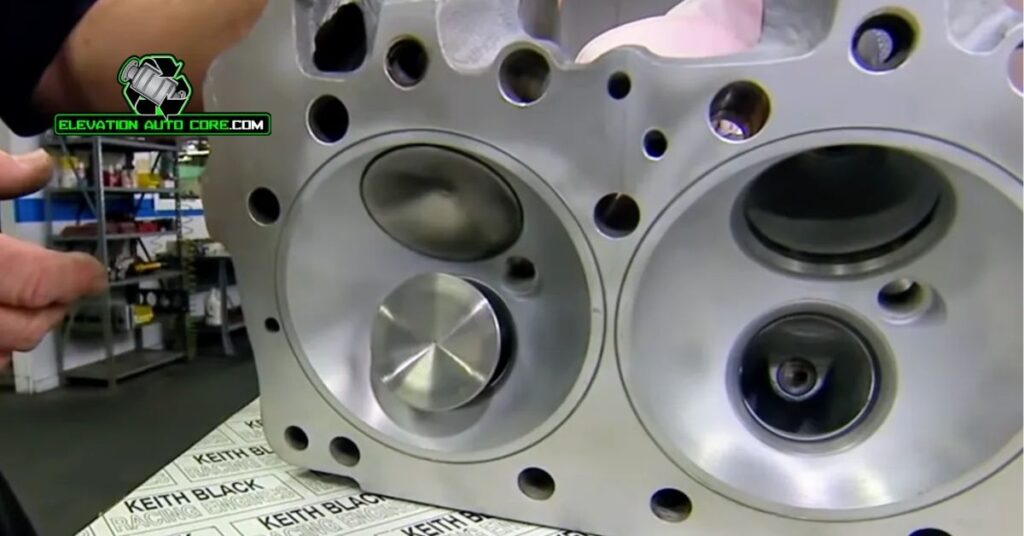
Engine valves play a critical role in determining how efficiently your vehicle operates. By regulating the flow of air, fuel, and exhaust gases, they directly impact the engine’s power output and fuel consumption. Properly functioning valves ensure the combustion chamber receives the right air-to-fuel ratio for optimal performance.
These components are vital for generating the power required to drive your vehicle. Intake valves enhance fuel efficiency by ensuring maximum airflow into the combustion chamber, while exhaust valves maintain smooth operation by expelling waste gases effectively. Any disruption in their function affects power delivery and increases emissions.
Durable materials used in valve construction help them withstand high pressures and temperatures from combustion. This resilience ensures reliability even under arduous driving conditions. Regular maintenance is essential, as worn valves can cause reduced compression, misfires, or engine damage, leading to costly repairs.
Synchronizing engine valves with the camshaft and crankshaft is paramount for smooth energy transfer. This coordination supports consistent acceleration and prevents performance issues like stalling or excessive fuel consumption. Reliable valve operation supports nearly every aspect of engine functionality in vehicles.
Conclusion
Understanding engine valves gives you valuable insight into how your vehicle’s engine operates and why these components are so essential. Their precise function and durability play a important role in maintaining engine performance and fuel efficiency.
By recognizing the importance of proper valve maintenance, you can ensure your engine continues to run smoothly and avoid costly repairs. Whether you’re a car enthusiast or just curious about how your vehicle works, engine valves are a fascinating and vital part of the system.

